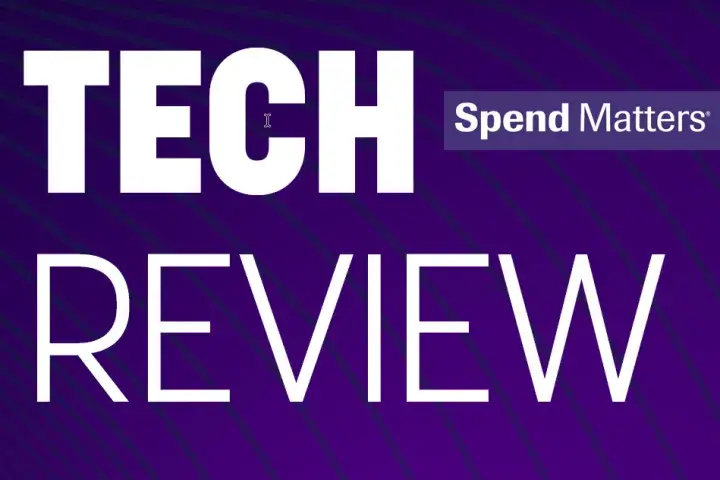When the soda machine eats your money, you get frustrated. When a machine vendor like Frigoglass S.A. racks up major debt, creditors must adjust fast before the machine gobbles up millions in extended credit, never repaid in full.
Resources
Stay Ahead With In-Depth Analytics on Public And Private Companies


In this Bankrupt Supplier Report, the recent bankruptcy of Unique Fabricating, Inc. is explored: why this supplier was in trouble, which SupplyChainMonitor features provided early warning of the company's various risks, and what procurement professionals could have done - and must do in the future - to keep their supply chain intact when faced with financially distressed suppliers.

Tupperware Brands Corporation is fighting to keep a lid on its fast-growing debt and bankruptcy risk potential. Is a Chapter 11 filing simply a matter of time?

This Tech Review developed by Spend Matters highlights the AI-powered financial risk analytics solutions that have vaulted CreditRiskMonitor and SupplyChainMonitor towards best-in-class accuracy in predicting bankruptcy, as well as a company roadmap towards future innovation through automation and expanded private company coverage.

Cover your ears, but not your eyes: if Audacy, Inc. doesn't lower its debt volume, creditors will need to look much more closely at the Philadelphia-based broadcasting giant.

It's getting late for Tuesday Morning Corporation to get its act together financially. The off-price retailer is struggling to control debt, compounded by persistent losses in the aftermath of COVID-19 shutdowns.

Will a stitch in time stop bankruptcy? International textile manufacturing leader Pan Brothers Tbk PT has seen its cash flow slow to a trickle in recent years, bringing on a crisis of working capital.

In the world of “vCommerce,” Qurate Retail, Inc. – parent company of television shopping mainstay QVC – sits as king. Massive leverage and better capitalized competition, however, could knock the company off its throne and into bankruptcy before long.

The seismic data survey industry appears to be sinking; can Norwegian company PGS ASA stay afloat in 2021 in the midst of an oil price crisis?